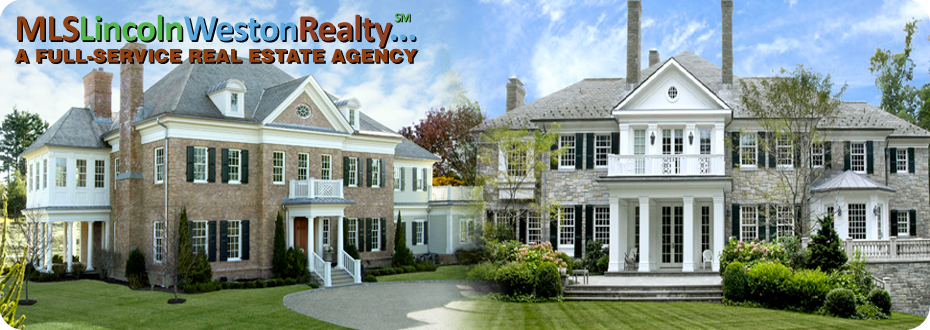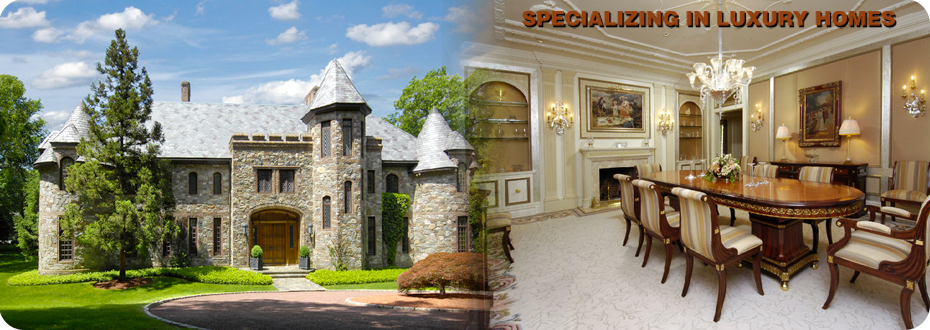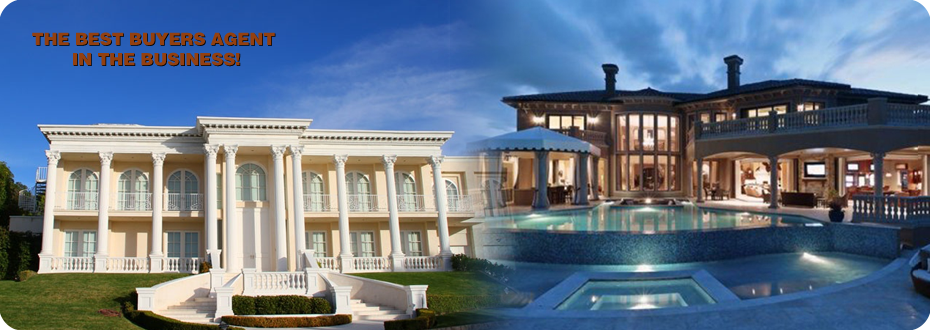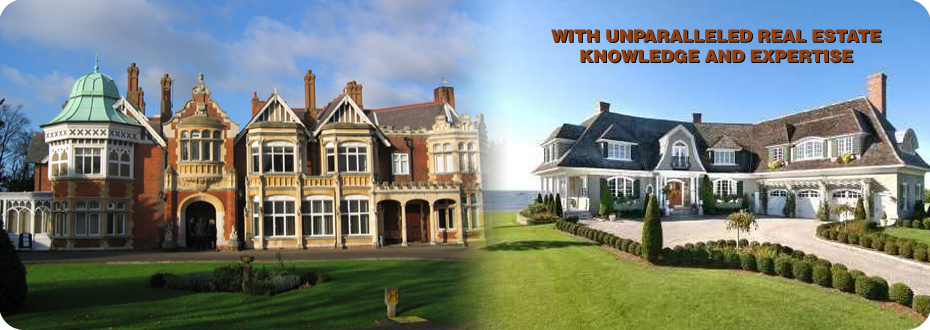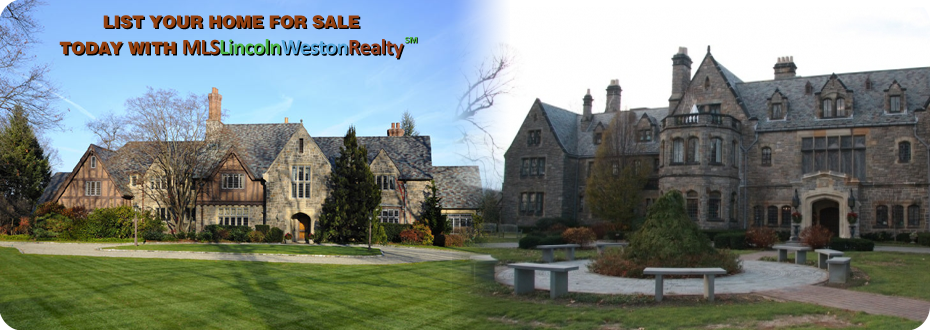September 2014 Blogs
Need to Sell Faster? Price Higher:
It may seem counterintuitive, but a slight increase in asking price can attract more potential buyers.
If you’re trying to sell your home in a hurry, your first instinct might be to cut the price in hopes of enticing more buyers. But this could be a misstep. It sounds counterintuitive, but especially in a competitive market, you may actually be able to sell your home faster by pricing it slightly higher than other homes in the area.
A study published in 2013 in the Journal of Economic Behavior & Organization found that homes listed for 10 to 20 percent more than comparable properties sold for slightly more. The study looked at 14,000 real estate transactions with an average sales price of $234,000. It found that homes sold between 0.05 to 0.07 percent higher, on average, for every 10 percent increase in asking price.
“Pricing a home 10 percent to 20 percent lower than comparable homes led to a … decrease in the expected price,” the study authors wrote.
Curious why? Here are a few reasons, along with tips for how you can make this strategy work for your listing.
The power of perceived value
As marketers well know, consumers see the price of a good or service as more than just a number; they view it as a direct reflection of the value of the item.
When you walk into a department store and see a pair of sneakers for $79 and another for $19, you assume the $79 pair has to be “better”— perhaps it has advanced technology, extra comfort features, or will last much longer. You have no idea how much the sneakers actually cost to make, so you rely on their retail price as an indication of their worth.
This perceived-value principle also applies to home sales. When buyers come across two similar listings — same number of bedrooms, same location, same square footage — with different prices, they suspect that either the more expensive home is overpriced (more on that in a minute) or it has some features that make it more valuable than its comp.
This can lead to a higher-priced home being snapped up faster, and for more money, for a number of reasons:
• New buyers. It may attract a new class of buyers who wouldn’t have been drawn to a home in a lower price bracket.
• Confirmation bias. It encourages buyers to seek out reasons the higher-priced home must be worth more, forcing them to focus on its selling points. (This is known as “confirmation bias,” in which people begin with a presupposition, e.g., “this house is worth more,” and then search for evidence that confirms their belief.)
• Higher bids. Initial bids are higher, as they’re based on the asking price, which can lead to higher sale prices.
• Market time. The longer a home sits on the market, the more its perceived value decreases as buyers wonder why others have checked out the listing and passed on it. If a higher-priced home is snapped up faster, its perceived value remains strong during the transaction.
How to get more for your home
A price increase can help get buyers in the door and looking for ways to interpret your home as more valuable — but you still need to back those impressions with solid justifications for the price, or else they’ll walk away thinking you’ve simply overpriced it.
What sort of things make buyers feel a price is “worth it”?
• Staging. Tasteful staging is one of the most effective ways to present your home in a positive light without making any major home improvements or renovations. Well-staged homes sell 43 percent faster and for 6 percent more, according to Association of Property Scene Designers founder Karen Schaefer.
• Curb appeal. High-quality landscaping can increase a home’s perceived value (and final sale price) by 5.5 to 11.4 percent, according to study results published in the Journal of Environmental Horticulture.
• Capital improvements. Adding a solar energy system to your home, for instance, can increase the sales price and decrease the time on-market. Other capital improvements such as kitchen or bath remodels may also justify a higher price point.
• Professional photos and/or video tour. A survey by VHT Inc. found that buyers perceived listings with professional photographs as being worth 11.5 percent more than those with descriptions only. Adding an online video tour of the property increased perceived value by 6 percent.
• Working with a real estate agent. “Agent sales statistics prove the point that Realtors achieve higher net revenues to a seller than ‘For Sale by Owner’ offerings,” says Mike Lyles, an agent with Virtual Properties Realty based in Duluth, GA. “This same rationale of better results with professional representation holds true with homes listed slightly above the average sales range for a neighborhood, because Realtors typically supply better photography and support for the sales features of the properties they are representing.”
• Perks. A study by the Service Contract Industry Council found that offering a home warranty can get a house sold in an average of 11 days and for around $2,300 more money.
Bottom line
While pricing your home slightly above the competition can help you move it faster (and for more money), you must be careful to make sure your increased asking price remains fair.
If the higher price reflects the home’s improvements and benefits, and if the price isn’t drastically above asking prices for your area, you may find that listing higher will intrigue buyers looking for “the best of the best” within their budget.
